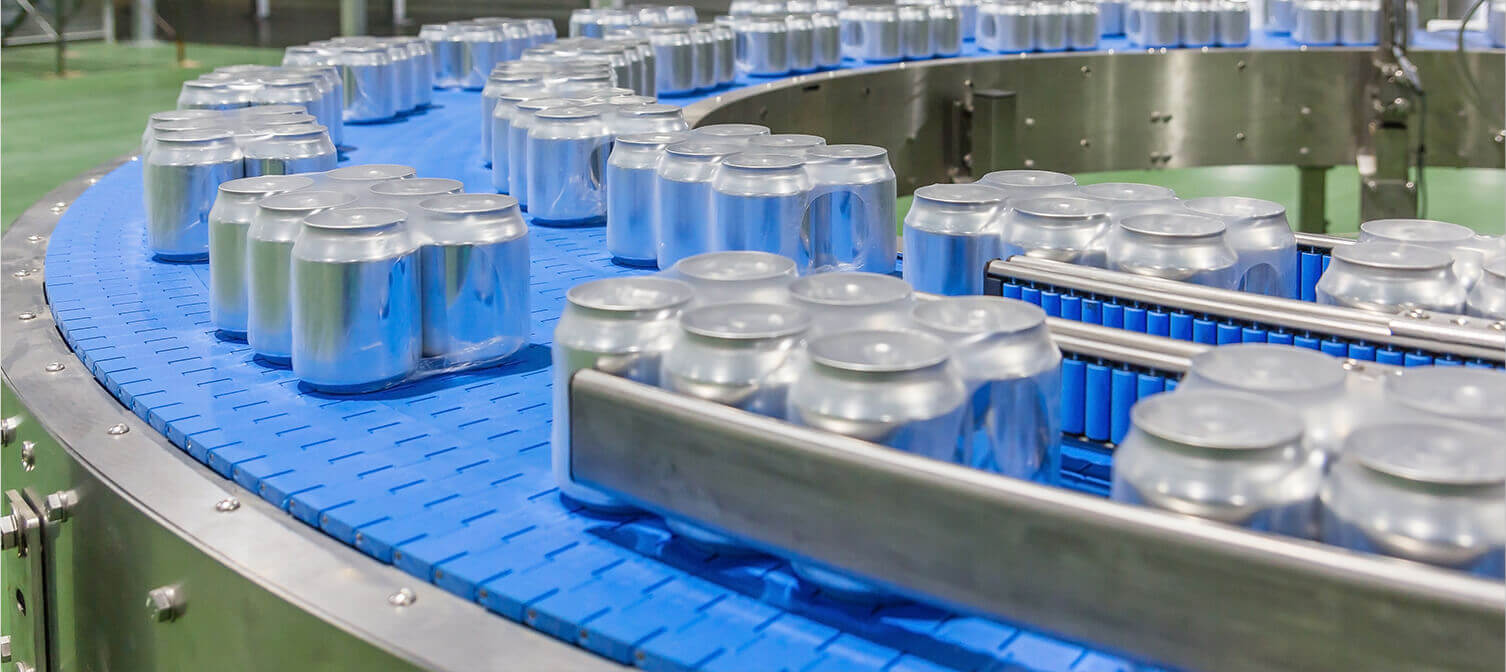Advanced Liquid Package Solution
In the modern beverage industry, ensuring both product safety and high nutritional quality has become increasingly critical—especially in the competitive juice market. Consumers today demand not just flavorful and fresh-tasting juice but also products that are free from preservatives, shelf-stable, and convenient to consume on the go. To meet these expectations, beverage manufacturers are turning to aseptic processing, particularly in juice can filling operations, as a reliable and advanced solution.
This article explores the concept of aseptic processing, how it applies to juice can filling machines, and why it's becoming a key technology for juice producers aiming to deliver high-quality, long-life beverages.

Aseptic processing is a food and beverage preservation method that involves sterilizing both the product and its packaging separately, and then filling the product into the packaging in a sterile environment. Unlike traditional hot filling methods that can affect taste and nutrition, aseptic filling preserves the freshness and natural flavor of juices while still providing extended shelf life without the use of artificial preservatives.
This method is especially valuable in the juice industry, where products often include heat-sensitive nutrients, natural pulp, or delicate flavor profiles. For juice canned beverages, aseptic processing ensures that the product remains safe, fresh-tasting, and microbiologically stable even under ambient storage conditions.
Aseptic processing refers to a system where:
The juice product is sterilized separately, typically using Ultra-High Temperature (UHT) or High-Temperature Short Time (HTST) methods.
The can and lid are sterilized independently, using thermal or chemical sterilization.
Filling and sealing take place in a completely sterile environment, usually within a closed chamber equipped with HEPA filters and overpressure control.
The key distinction between aseptic filling and hot filling lies in temperature exposure. While hot filling involves filling the product at high temperatures and relying on residual heat to sterilize the container, aseptic filling separates the sterilization process and filling step—resulting in less thermal impact on the product and better overall quality.
The juice is first sterilized using:
UHT (Ultra-High Temperature) processing, where the juice is rapidly heated to 135–150°C for a few seconds.
HTST (High-Temperature Short Time), a milder approach often used for less sensitive formulations.
This step ensures that all harmful microorganisms, including spores, are eliminated without compromising the nutritional profile or flavor.
Empty cans and lids are sterilized before filling using one of the following methods:
Chemical sterilization, commonly with hydrogen peroxide (H₂O₂) sprays or vapors.
Thermal sterilization, which uses high-temperature steam or hot water.
This step is crucial for preventing post-fill contamination.
To maintain asepsis during filling:
The filling chamber is kept under positive pressure with HEPA-filtered air.
All contact parts are pre-sterilized, and filling valves are enclosed and sealed.
The filling area operates in a Class 100 (ISO 5) cleanroom environment or equivalent.
Immediately after filling, the can is sealed with a pre-sterilized lid using aseptic capping mechanisms. This rapid sealing process ensures no contamination occurs between filling and final sealing.

Implementing aseptic technology for juice can filling offers multiple advantages:
1. Preserves Flavor and Nutritional Value
Because the juice is exposed to high temperatures only briefly, essential vitamins, antioxidants, and enzymes are retained, making the product taste closer to fresh juice.
2. Extended Shelf Life Without Refrigeration
Aseptic products can typically be stored at room temperature for 6–12 months or more without spoilage, drastically reducing logistics and energy costs associated with cold chains.
3. Eliminates Preservatives
There is no need to use chemical preservatives like sodium benzoate or potassium sorbate, aligning with consumer demand for clean-label, additive-free products.
4. Suitable for Complex Juice Recipes
Juices containing pulp, fibers, dairy elements, or exotic fruit extracts often degrade under hot filling. Aseptic filling protects these heat-sensitive ingredients while keeping the formulation stable.
5. Facilitates Global Distribution
With a longer shelf life and no refrigeration needed, manufacturers can expand distribution to remote or export markets more efficiently.
Beyond product quality, aseptic filling lines offer several operational benefits:
High-Speed Output: Aseptic lines are engineered for continuous production with minimal downtime.
No Cooling Tunnel Required: Eliminating post-fill cooling reduces space usage, water consumption, and energy requirements.
Flexible Packaging Formats: Aseptic systems can accommodate different can sizes or formulations without major reconfiguration.
Improved Sterility Assurance: Built-in CIP (Clean-in-Place) and SIP (Sterilize-in-Place) systems ensure the internal environment stays sterile without frequent disassembly.
Because aseptic processing involves sterile environments, stringent quality assurance protocols are essential:
Validation and Verification: Regular sterility validation ensures that the entire system performs as expected.
Automated Monitoring: Real-time temperature, pressure, and flow sensors monitor the sterilization and filling processes to maintain control.
Compliance: Systems must meet global standards such as FDA aseptic guidelines, EU food safety directives, and HACCP certification.
SIP/CIP Systems: These systems automatically clean and sterilize the internal components before and after production runs, reducing manual labor and contamination risk.
As the industry evolves, aseptic processing continues to improve through:
Smarter Automation: Advanced PLCs and HMI interfaces provide real-time control and diagnostics.
Compact Modular Designs: Manufacturers are offering space-saving systems ideal for mid-sized producers.
Sustainability Innovations: New developments aim to reduce water and chemical use during cleaning and sterilization.
Packaging Integration: Seamless integration with can forming, labeling, and secondary packaging lines for complete solutions.
Aseptic processing has become the gold standard for filling juices into cans—offering a perfect balance of product safety, shelf life, flavor preservation, and operational efficiency. Whether you're producing juice with pulp, vitamin-enriched drinks, or functional beverages, aseptic can filling enables a high-quality, preservative-free product that consumers can trust.
For beverage manufacturers, investing in aseptic filling solutions represents more than a technical upgrade—it's a strategic move toward future-ready production, global scalability, and cleaner label products.
At Alps Machine, we specialize in delivering advanced liquid beverage filling solutions, including aseptic juice can filling machines engineered for performance, safety, and flexibility. With a strong focus on innovation, energy efficiency, and customizable service, Alps Machine is committed to helping clients meet the highest industry standards while producing safe, fresh, and long-lasting beverages. Let us help you bring your juice products to market—safer, faster, and smarter.

By continuing to use the site you agree to our privacy policy Terms and Conditions.